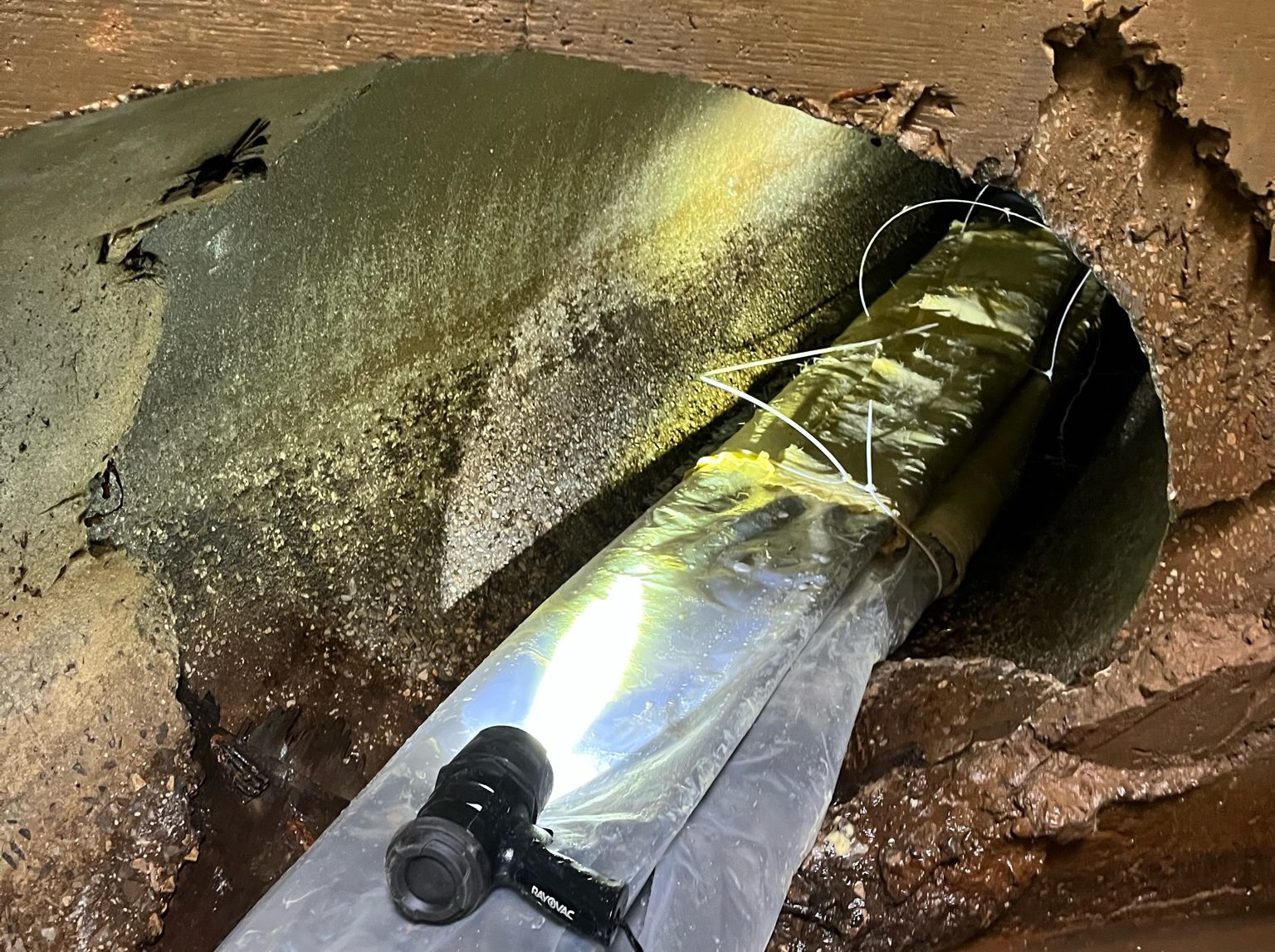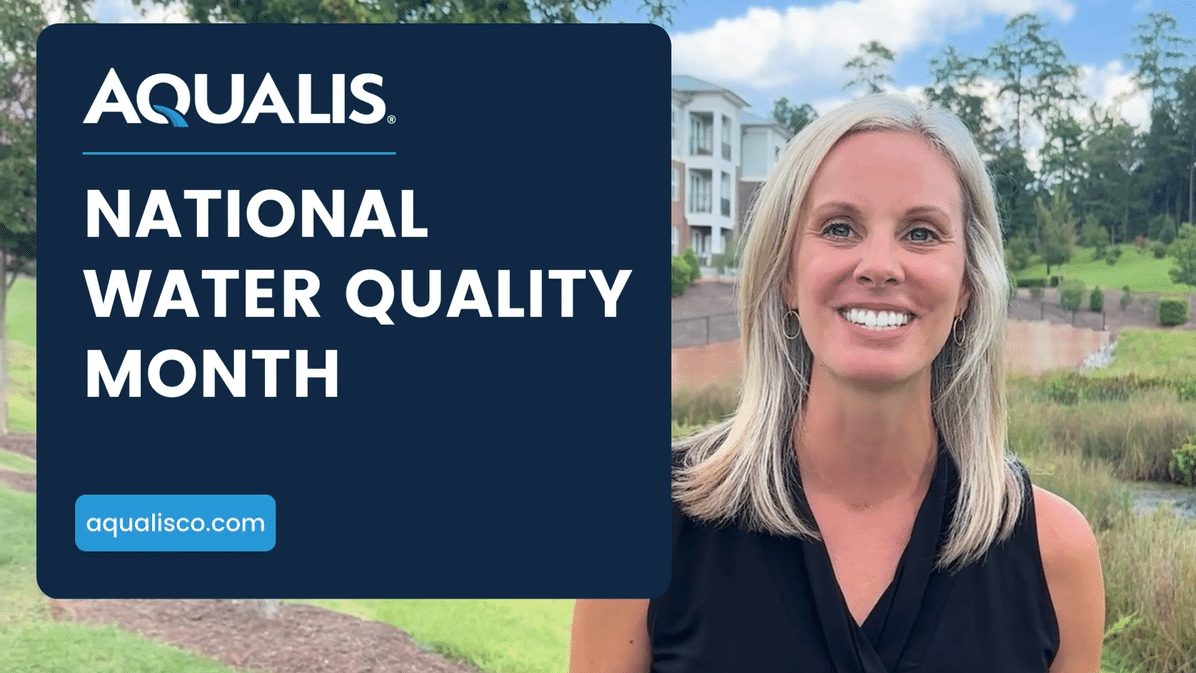Pipe Repair Services
Innovations in pipelining and underground infrastructure over time have led to a variety of options for pipelines. Pipes are made of a variety of materials ranging from corrugated metal pipe (CMP), Polyvinyl Chloride (PVC), Reinforced Concrete Pipe (RCP), High-Density Polyethylene (HDPE) or High-Density Polypropylene (HDPP). Each of these pipes have varying life expectancies, ranging from 20 years to 100 years.
Trenchless pipe repairs are often the most economical choice for property owners when repairing damaged pipes. Occasionally, pipe damage is so catastrophic that, excavation and replacement is required. Less-invasive options are available for smaller scale issues that are found early including corrosion, joint separation, root infiltration, broken line, grouting deterioration.
Property owners and managers should expect issues and weaknesses in their stormwater system. Regularly inspecting and maintaining these systems prolongs the life of the assets. When issues are found it is best to proactively repair before failures compound. Appropriately repairing minor failures prevents safety hazards, notices of violation and saves money.

Common Failures
- Clogged Pipes
- Corroded Pipes
- Broken or Cracked Line
- Root Infiltration
- Overflowed Sanitary System
- Mechanical Malfunctioning
- Joint Separation
- Grouting Deterioration or Failure
A pipeline professional will always send a camera inside the pipe to visualize the areas of concern, a process called CCTV. From there the problem can be classified as structural or non-structural depending on the severity of the issue.
Repairs can range from small scale point repairs to entire sections of pipe. Our pipeline professionals will find the least invasive method to repair your sewer lines, keeping your costs reasonable. Non-invasive pipe repairs are called trenchless repairs as they avoid digging up the length of the pipe which may potentially disturb roads, sidewalks or private property.
AQUALIS has the experience and expertise required to provide repair services that ensure proper function of sewer systems.






